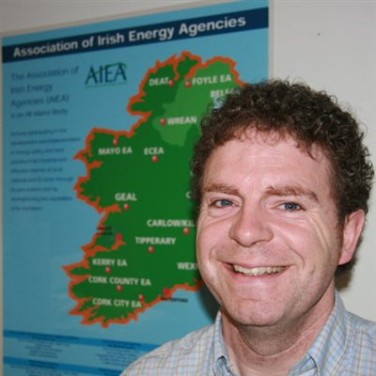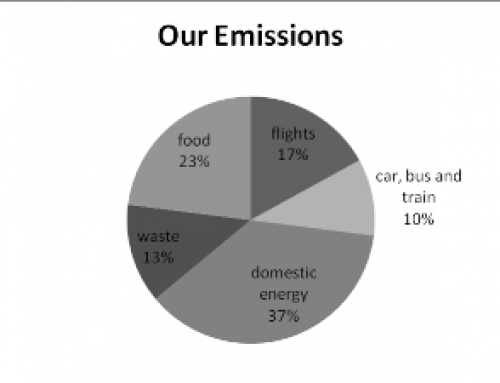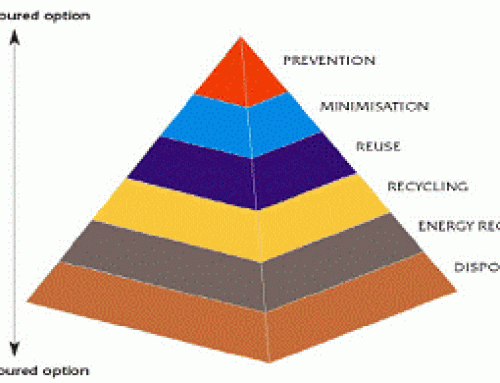Our Ecological Footprint
“The ecological footprint is a measure of the load imposed by a given population on nature. It represents the land area necessary to sustain current levels of resource consumption and waste discharge by that population”
The concept of an ‘Ecological Footprint’ has been developed in response to wide agreement that the Earth’s ecosystems cannot sustain current levels of economic activity and material consumption. The aim is to quantify our use of nature, and compare this with the carrying capacity of our ecosystems, so that we can measure environmental sustainability. Protecting our home, the Earth, begins with understanding our personal and collective impact upon it.
How many planet Earths would be needed if everyone enjoyed our standard of living?
The ecological footprint concept measures how much land and water is needed to produce the resources we consume; and how much we use to dispose of our waste.
Ireland’s ecological footprint is using between three and four times the worldwide average biological capacity available per person. Therefore if everyone in the world consumed as we do in Birdhill we would need nearly 4 planets to absorb the resulting emissions and to sustain our lifestyles.
There are four main types of consumption that affect these emissions in our homes:
Household Energy Use – electricity, oil, coal, gas, etc.
Transport – fuel for car, train, bus and aeroplane journeys.
Domestic Waste
Food Consumption within the home
A programme has been introduced in Birdhill to measure the community’s ecological footprint and then devise a plan to reduce our emissions. The programme has been initiated by Birdhill Tidy Village Committee and will be conducted through the local primary school. It will be co-ordinated by Vincent Carragher.
Vincent lives in Kilmastulla and is a project manager with Tipperary Energy Agency. He also lectures at UL. He has been working on lowering Carbon Dioxide emissions of specific communities in North Tipperary for a number of years. As part of this work he designed and implemented a project which enabled the community of Ballina to reduce their emissions by 15% over three years. In the Tipperary Energy Agency he is currently working on the Energy Neighbourhoods and Mobilise Energy Awareness Projects which both aim to reduce energy use and related carbon dioxide emissions within various types of communities in Ireland and in Europe.





